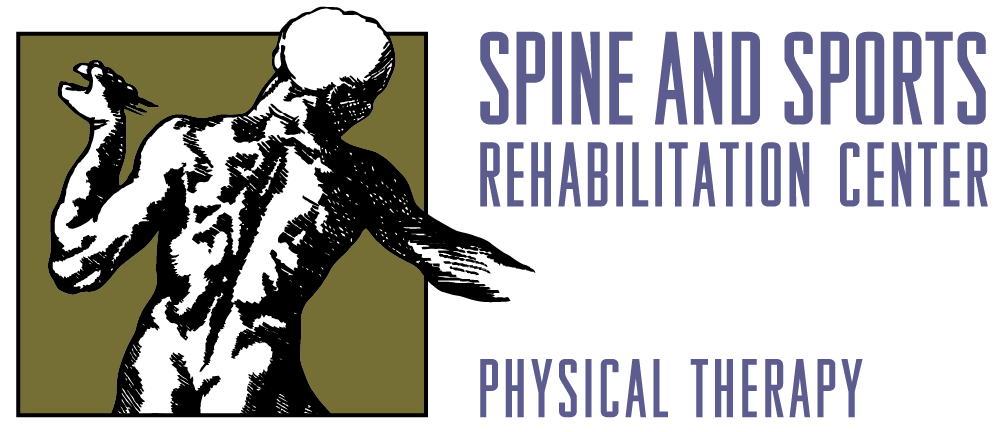Plantar Fasciitis Explained
Plantar fasciitis is one of the most common causes of heel pain. It affects runners and athletes, as well as walkers. Plantar fasciitis occurs when the thick band of tissue on the bottom of your foot (the plantar fascia) connecting your heel to your toes becomes irritated and inflamed. Some symptoms of plantar fasciitis include tenderness along the underside of the foot or bottom of your heel and is worse upon standing after prolonged sitting or first thing in the morning. Pain might also worsen after exercising.
Some sources claim that stretching the plantar fascia because it has “gotten tight” is the first line of treatment. To them, we say “HOGWASH.”
Stretching the plantar fascia, (with night splints for example), WILL probably stretch the tissue.
But that will leave you with an overstretched fascia which will likely compromise the ability of your foot to tighten as it should in the walking or running gait cycle. Unless you have been in a foot cast for 8 weeks, it is extremely unlikely that the plantar fascia has “shrunk.” Rather, it is reasonable to think that the plantar fascia has been pulled taut, likely due to some of the mechanisms we’ve listed below.
Possible Causes
Improper foot mechanics is likely to be a big part of the problem. A “jammed” foot bone or weak foot or ankle muscles can cause excessive strain on the joints of the foot and plantar fascia, and therefore cause pain. This mobility problem can be corrected with manual therapy to normalize the alignment of the bones of the foot. Alternatively, a foot bone alignment issue can allow the plantar fascia to become “floppy” which reduces the ability of the fascia to serve its purpose of making the foot rigid for push-off. This may further stress the foot joints and the muscles of the ankle and lower leg. Seek the help of one of our skilled physical therapists for manual therapy and intrinsic foot muscle exercises.
Tight calf muscles may also be contributing to faulty foot mechanics. Stretching the muscles can reduce the stress on the arch in your foot.
More often, however, addressing deep trigger points in the muscles of the lower leg (gastroc, soleus, tibialis posterior, and peroneals) can help to “release” the muscles and the foot bones to reduce stress on the plantar fascia. Trigger points may also be causing referred pain which might mimic plantar fasciitis.
Treating the trigger point with deep (and painful) self-massage might make the foot pain disappear. Believe it or not, alignment issues in the middle and lower back can also be contributing factors to persistent plantar fasciitis and should be addressed by a skilled PT who is trained to identify such links.
If you’ve had a recent change in your workout or have been over-training, it may be “too much stress too soon” for your foot. Reducing your training intensity, mileage or frequency may help to calm down the foot inflammation for short-term relief.
Relief
Orthotics are often the first recommendation from podiatrists. Orthotics will take pressure off the painful fascia and can be very effective for pain management. However, orthotics are unlikely to correct the joint dysfunction that is creating tension on the plantar fascia. Over-the-counter orthotics should be considered a short-term strategy to effectively manage plantar fasciitis.
If you are desperate for pain relief, then self-massage of the calf and tibialis posterior may help. This VIDEO may be a step in the right direction of treatment. The internet is full of massage techniques, such as rolling the bottom of your foot on a tennis ball on the floor. This will help increase the blood flow to the bottom of the foot and may push out inflammation and reduce pain. Be careful not to overstretch the plantar fascia and cause more long-term problems as outlined above.
Additionally, shoe choice is an important thing to consider. Find a shoe that is right for your gait, stride, and foot. A visit to your local running shoe store for a gait analysis and assessment can help you find the shoe that is best for you.
If the above techniques are not working for you, you may need more advanced treatments, such as manual therapy to improve the mobility and motor control of your foot, ankle, hip, or spine. Seek the care of a skilled physical therapist and start working on a treatment plan to be free of pain.



